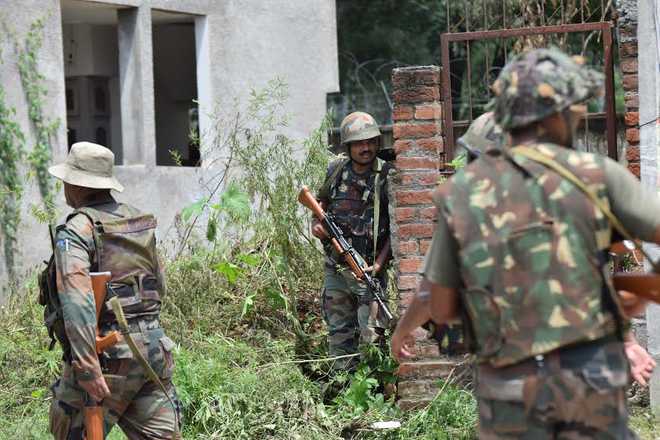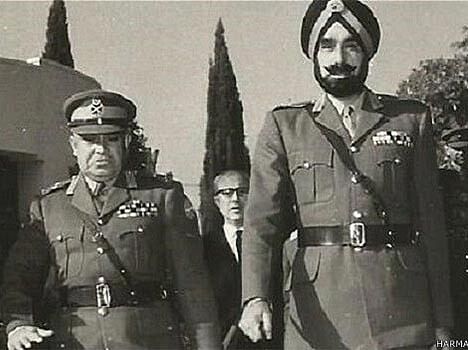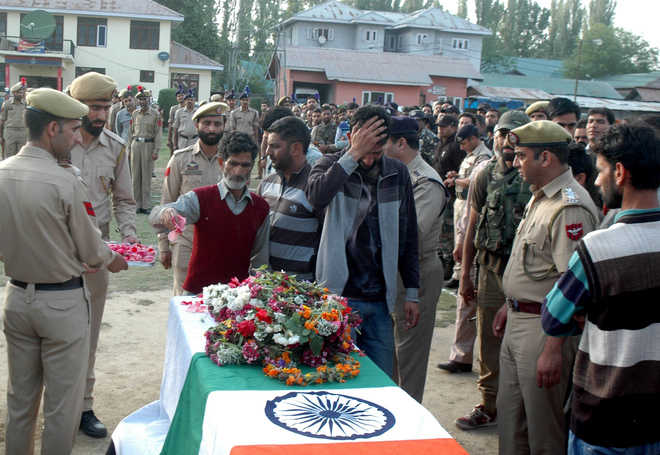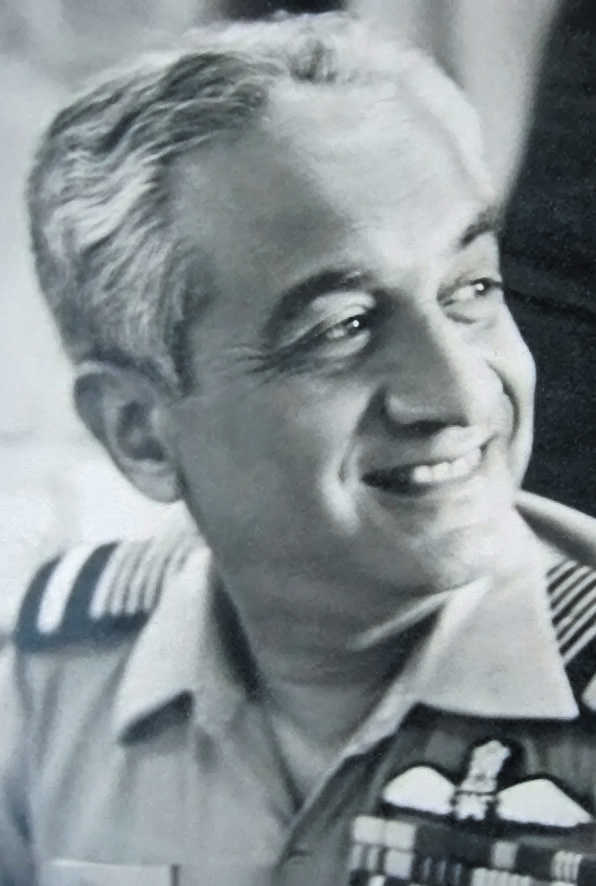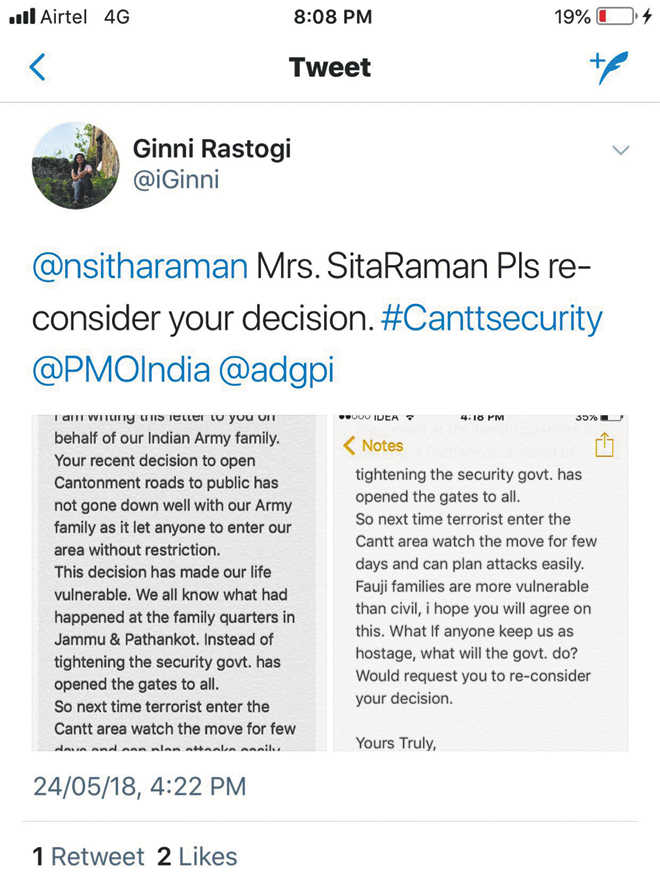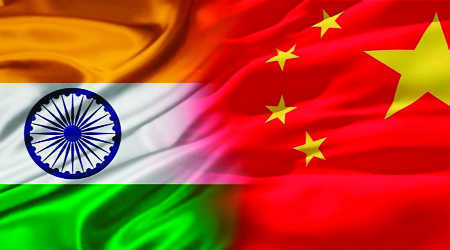
Honour in a uniform is priceless, sacrosanct and trumps all. The apathetic ignorance of the sensitivities, emotions and challenges that beset the Indian Armed Forces and the uniformed fraternity is painful
Since time immemorial, military uniforms are freighted with inviolable and complex symbolisms that are seldom understood in its entirety outside of the ‘uniformed’ fraternity, first and foremost, because it is a unique cut-of-cloth that is ‘earned’ and not ‘bought’.
The gentleman/lady cadets who get the honour and privilege of partaking the solemn ‘pipping ceremony’ understand the enormity of ‘burden’ that their specific uniform affords on each of them for the rest of their lives. The distinguishing features of each of these uniforms are borne of the sacrifices, blood and soul-stirring valour that compose the various elements of the uniform.
From the colour, lanyard, beret, badges and heckles, each carries a historical legacy, commitment and the spirit of all those who have paid the ultimate sacrifice in upholding the sheen of the said uniform and by that extension, the nation.
Besides, the functionality of distinguishing the classification of combatants in an orderly manner, it embeds the inviolable pride and emotional rationale on to the wearers to do some irrational acts of bravery and sacrifice in the line of duty.
Befittingly, on retirement, one ‘hangs the uniform’ and not discards, and certainly never ‘sells’ the same, whatever be the commercial gratification. Within the Indian Armed Forces, the physical manifestation of naam, namak, nishan (reputation, fidelity, flag/standard), is the uniform. Little wonder, the Armoured Corps pride on calling themselves ‘Black Berets’, the Para-commandos on wearing their ‘wings’ on the chest, or the Rajput Regiment, its fiery laal saafa!
Today, emotions within the uniformed fraternity (including veterans) are fraught with uncertainty — from the debilitating shortages of personnel, materials, welfare, facilities to a sadly transactional relationship with the society-at-large, which only wakes to the ‘uniform’ as the last course of hope, when everything else fails. The language of military citations, ‘going beyond the call of duty’ has gained an unfortunate expanse wherein, any natural disaster, policing/administrative failure, to even the failures of railway engineers, is seconded to the Indian Armed Forces.
Yet, the parallel optics of the ingrained behavioural conduct that becomes part of an individual’s DNA, once the uniform is adorned, is apathetically and unprecedentedly ignored with the reality of bravehearts protesting in a disciplined manner for over 1,000 days on the footpaths, asking only for what was promised, and later dismissed as jumla. This backdrop has made the institution wounded, affronted and hyper-sensitive to any perceived sense of trivilisation, liberty and casual-usurpation of its elements of izzat or dignity.
Similarly, the Indian Navy is replete with sagas and traditions of sacrifice to uphold its own codes of seamanship — the poignant citation of Captain MN Mulla MVC reads, “….whilst the ship was sinking…refused to save himself by giving his own life-saving gear to a sailor. Having directed as many of his men as possible to leave the ship, Capt Mulla went back to the bridge to see what further rescue operations could be performed. In doing so, Capt Mulla was last seen going down with his ship”.
Having zealously honoured, guarded and protected their words and elements, it is little wonder that the news that a Naval ‘uniform’ worn by an actor (Akshay Kumar), which was to go under the hammer, militated against the sensibilities of the uniformed fraternity.
The struggle to explain the sacrosanct nuances of the ‘uniform’ were raw when an infuriated veteran lamented, “Uniform is earned with your blood, toil and sweat which is placed on the mortal remains of a soldiers along with the tricolour”.
The other indecorous, inelegant and unwarranted tenor of mutual exchange aside, the flare-up was deeply symptomatic of the societal divide in ‘understanding’ and ‘empathy’, between the Armed Forces and the civilian citizenry.
For a soldier, a uniform is like a flag (of the unit, service or a nation) and there are laid down protocols and procedures to handle its disposal in consonance with the dignity, formality and emotions attached to it. There are written and unwritten rules governing the ‘uniform’ and its potential ‘misuse’, even if it is for a good purpose. Irrespective of the nobility of the ‘use’ and the
accompanying intent (in this case, to raise funds for animal welfare), the sanctity of the uniform ought to trump all other passions, causes and considerations!
The uniform simply stands for a lot more than any individual, cause, or even a military combatant, who too is subjected to the upheld constraints, restraints and privileges on the uniform. While the Indian Armed Forces also do their own bit for various civilian causes and to contribute towards the same for example, blood banks, medical camps among others, but not at the cost of their hallowed traditions, rules and regulations.
Therefore, the well-meaning actor’s plea that, “I and my wife are doing some work with good intention for a good cause”, does not hold ground.
Either a piece of clothing is a ‘costume’ or it is a ‘uniform’ and difference is not just semantics, and to use it inter-changeably could be construed as a deliberate affront, especially in the times that be.
The actor’s insistence on calling it an “original Naval uniform I wore in Rustom” — is to tread on raw emotions. It is equally important for the uniformed fraternity to explain its concerns and sensitivities in a manner behooving the institutional conduct, which mandates certain dignity and respect in expression. The concept of ‘OLQ’s (officer-like-conduct) cannot be frittered away towards reckless bravado and
intimidation.
The challenge is for the twain of the reel-heroes to meet and understand the world of real-heroes, and their frustrations in the ‘new-normal’ world of today. Ironically, much like the plot of the movie Rustom itself, honour and fidelity is worth life itself for the soldiers.
No further grandstanding is required from either side, as it is not about the intent of the people involved in this fracas — but of a larger issue of an institution that still proudly puts no commercial ‘price’ to its honour, irrespective of the changed and disinterested world around.
(The writer is a former Lt Governor of Andaman & Nicobar Islands, and Puducherry, and a military veteran)
